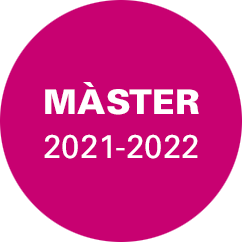
This work aims to illustrate, through the analysis of the articles published in the “White Magazine” between 1923 and 1925, the common elements of the “totalitarian” regimes born after the first world war conflict, that is Italian , Russian and German. To draw up a network of correspondences in these movements, we have been based on the studies of Furet so that in relations between Italian fascism and Russian communism it refers to and in the theories of Mosse related to the link between fascism and Nazism devoting a special interest to the elements of an ideological nature originated from common cultural budgets.
Based on the general idea that the three totalitarian movements are born as a response to the historical context of the Great European War and the serious political, economic, social and cultural crisis, the examination of some articles from the “White Magazine” can undoubtedly To contribute to give a look, not without definite ideological nuances, clear and close to the crucial years in which these movements were affirmed contemporarily in Europe.
With his name in the French “La Revue Blanche”, under the direction of Alexandre Natason, so warmly received he had given the Spanish exiles and had collaborated so much in the campaign to review the Montjuïc process in 1896, the “White Magazine “It was born with the purpose of denouncing and requesting the revision, through its writings, of the process of Montjuïc 1896. Published in two periods: from 1898 to 1905 in Madrid, and from 1923 to 1936 in Barcelona it constitutes, without a doubt , one of the most representative magazines of Spanish anarchism.



